We all long for simple tools and examples how to understand the logic of stepping towards social impact. Finnish innovation fund Sitra has for 3 years built a impact investment ecosystem in Finland, and as part of the work, aimed to enhance the service providers’ and municipalities’ capability to work towards more impactful procurement. As the public sector acquires products and services with a yearly sum of approximately 35 billion euros, this competency is more than highly needed.
Recently, Sitra released a publication which provides tools and examples that help develop more impactful investments and investment-ready operations. The first part of the publication brings insight to the Finnish impact investment field in general and presents ideas how service providers can engage their operations with a bigger picture. The second part describes the first impact accelerator, and gives examples of steps towards impact that the accelerator participator organizations have taken.
This case study provides an excellent study for those social enterprises trying to find practical help how to map and communicate their own impact.
Part 1
Impact chain and the impact ecosystem
Impact chain – thinking is widely used in Finland when mapping the social impacts of service providers. The principle is easy to understand and use for demonstrating organisation’s operations and solutions. Internationally, the method is known and “iooi”: input, output, outcome and impact. The model helps understand the elements that impact is built upon, and to see the relations between those elements.
Impact chain -method can be used in two different ways. The first is the impact footprint; starting with the organizations inputs and outputs and assessing their potential impacts to society, we get an organization-based description about the impact. This can be used for example in CSR reporting.
The publication puts more emphasis on the impact handprint, which refers to the goal-oriented impact. The starting point here is the actual pursued impact, which then will defines the other elements; what kind of outcomes do we aim for, and what inputs and outputs shall build these most efficiently? The impact handprint approach is needed for example when projecting future impact and it serves well in impact investment cases.
The publication goes on describing in detail the elements of impact chain, and their relations.
It also introduces an idea of impact ecosystem. As impact is many times built upon inputs, outputs and outcomes from different sources, it’s important to map the different sources and understand the whole picture. One service provider rarely produces all impacts for a certain group of beneficiary or cause alone, but there are many organizations that aim for the same goal, and impact is created together. Usually the service provider is also involved in many different societal change processes at the same time. All this can be described by using the impact ecosystem approach.
Modelling impact
Modelling impact is an important part of goal-oriented impact. There are a number of ways to modelling, as the situations for the model’s use vary. There are however 3 common stages in modelling: 1) modelling societal benefit, 2) modelling impact, and 3) modelling operations (on how benefit and impact are created). One result of careful work of modelling is that it can reveal new sources of competitive advantage for a service provider, and help in developing new and better services for customers.
Modelling societal benefit can for example reveal how much savings can be achived to society through using certain service. Model can be based for example on statistical research and expert evaluations.
Modelling impact is done based on social benefit model. It includes the inputs required for reaching the change goals and an evaluation of investments needed to make those imputs.
Depending on the impact goal, this can be describing systemic change, or it can concentrate on mapping a single intervention. For the service provider, modelling impact will show what kind of inputs are needed to reach goals, and thus helps in developing better services.
A best practice approach to modelling is to always include wider range of experts and evaluators as well as customers in the process.
Modelling operations is the most important step for a service provider. It is a carefully defined presentation on how the service is producing certain results, and so it describes in a detailed way the inputs and outputs of the service. Return on investment (ROI) calculations are often included in this stage.
Again, the publication goes on describing, with examples, the 3 ways of modelling in action. A method of impact tree is also described, as well as ideas given to data gathering and impact indicators.
Communicating impact
Impact communication is definitely a big source of competitive advantage for a social enterprise. Impact information and understanding is appreciated by customers, investors, employees and the public. Four useful tools for communicating impact are
- Company story, including story of change and impact
- Communicative impact chain
- Impact story, describing impact through a person or a case
- Indicator dashboard, and infographic about the impact indicators and their results
Part 2
Sitra Impact Accelerator
Finnish innovation fund Sitra organized 4 impact accelerators in 2015-2017, with 37 service provider participants. Most of the participants were limited companies (social enterprises), also a few service-providing non-profits attended. The aim of the impact accelerator was to support the participants development towards more impactful actors, and create new channels towards investors interested in social impact.
Accelerator was a 2-month intensive training- and mentoring program. Program themes included social impact modelling and measurement, building of results-based business logic and developing investment-readiness, for scaling up the impact business in Finland.
While these pilot accelerators provided useful experience on what type of support is needed in the field, it was also concluded that such impact accelerators should not be the only ones using the impact goal approach. Indeed, as “all operations have an impact”, more traditional business accelerators and investors could learn from these approaches and add impact education in their operations as well.
Steps towards impact
The last part of the publication describes in detail the impact accelerator participant organization’s paths to impact and their impact chains. The 24 cases demonstrate the methods and approaches discussed in this introductory blog, and are an excellent bank of ideas on any social enterprise to start thinking and designing their own approach to modelling impact.
As the original material is at the moment available only in Finnish, it is highly recommended that social enterprise communities in different Baltic region countries gather resources and translate the material to respective languages.
Source:
Heliskoski, J., Humala, H., Kopola, R., Tonteri, A. & Tykkyläinen, S. (2018). Vaikuttavuuden askelmerkit Työkaluja ja esimerkkejä palveluntuottajille. Finnish innovation fund releases 130. (Only available in Finnish)
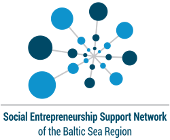
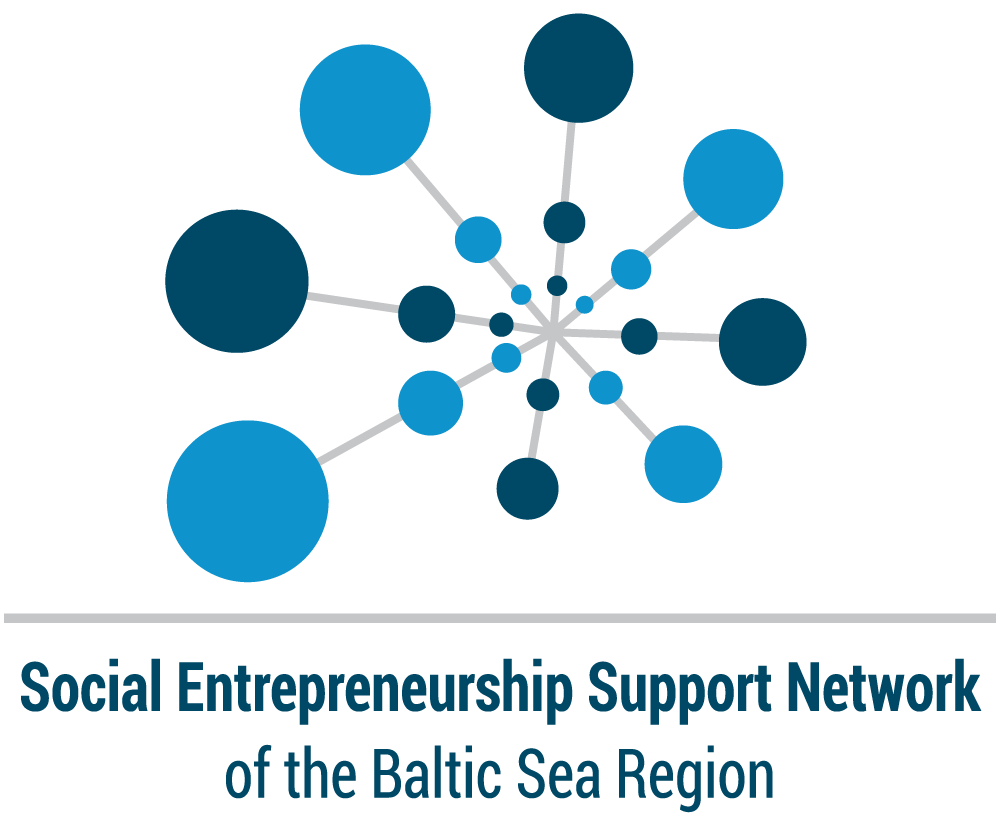

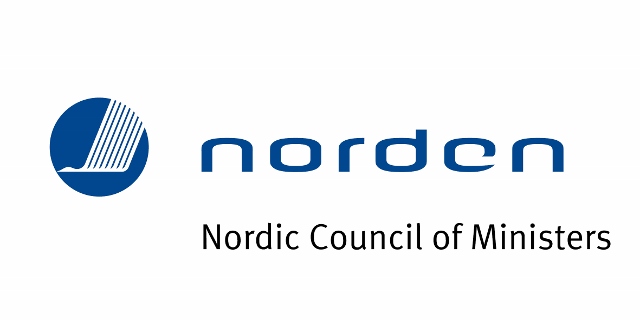





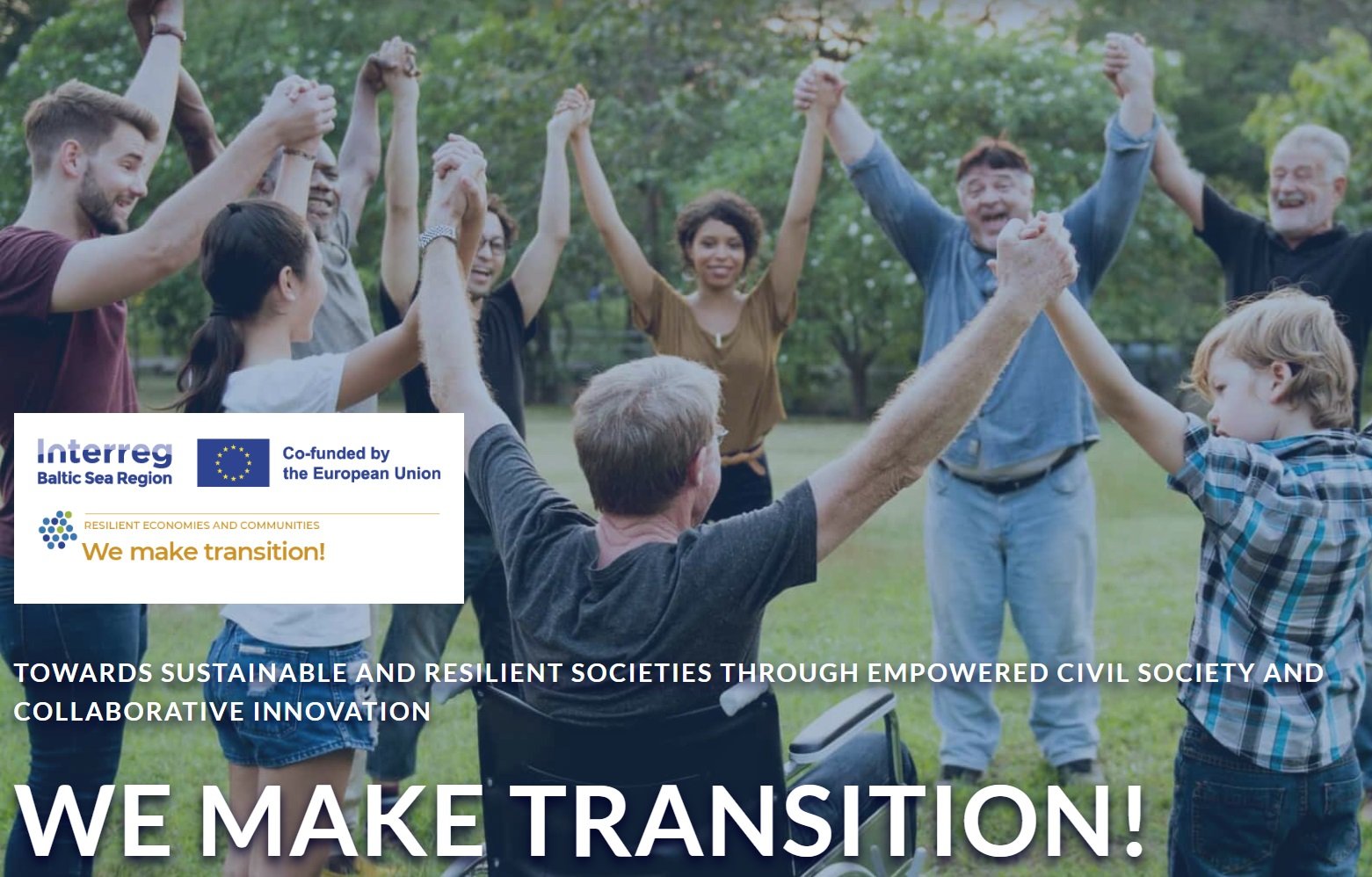
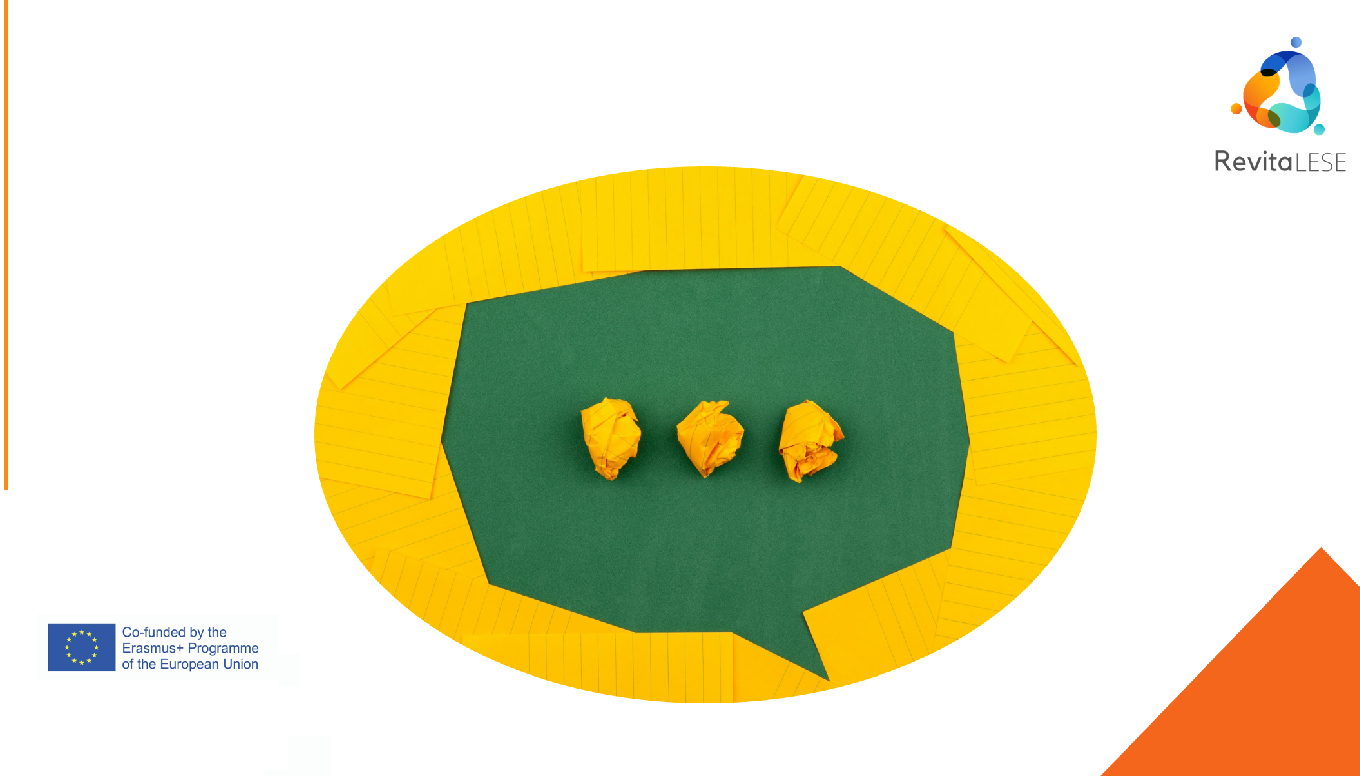




Leave A Comment